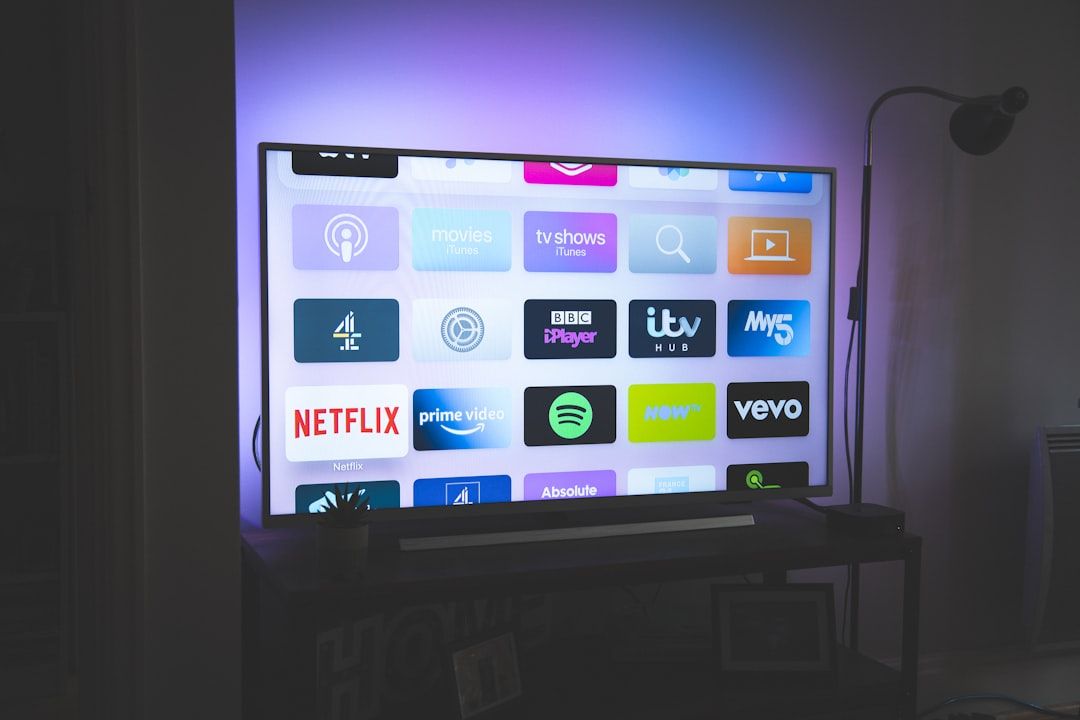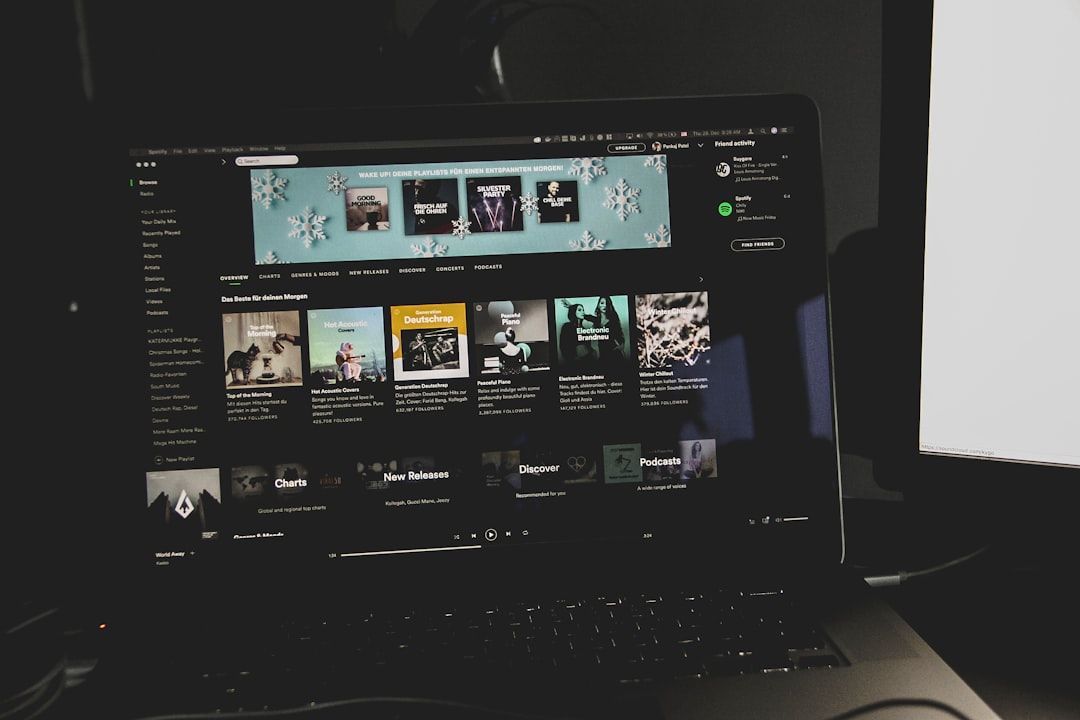In today’s crowded digital landscape, standing out is both a creative challenge and an economic necessity. As platforms like YouTube, TikTok, and Twitch become increasingly saturated, many U.S. streamers and content creators are turning to exaggerated, over-the-top production to capture fleeting viewer attention. This phenomenon—what some experts are calling overcompensating streaming—is reshaping the content creation economy through a potent mix of humor, drama, and spectacle.
The trend is not just a stylistic preference; it’s a strategic response to the aggressive algorithms and fierce competition that dominate streaming platforms. Content that was once simple and personality-driven is now being replaced by high-volume, high-energy creations that often blur the lines between entertainment and performance art. Some creators produce videos featuring skits with elaborate costumes, dramatic music scores, scripted conflict, or even extreme physical challenges—anything to keep viewers engaged for the entire runtime.

The Algorithmic Arms Race
At the core of this shift is the role of platform algorithms. These systems reward content that drives engagement: longer watch times, shares, comments, and “likes.” This has created a kind of feedback loop where creators feel compelled to escalate their content to maintain visibility and revenue. As a result, what may have started as a vlog or casual livestream evolves into a full-scale production complete with cliffhangers and visual effects.
According to a report by Insider Intelligence, video creators are publishing more content per month than ever before, increasing production budgets and relying on teams rather than operating solo. In this high-stakes environment, subtlety often gets lost. What thrives instead is:
- Hyperbolic Humor: Loud intros, absurd scenarios, and exaggerated reactions that appeal to short attention spans.
- Artificial Drama: Manufactured feuds, fake controversies, and clickbait headlines to ignite engagement.
- Visual Excess: Fast cuts, flashy thumbnails, and spectacle-heavy scenes—each a hook engineered for virality.
The Human Cost Behind the Camera
While the results may entertain millions, the pressure to constantly one-up oneself can have serious repercussions for creators themselves. Burnout is increasingly common among full-time streamers, many of whom work long hours to produce and promote each piece of content. Studies from The American Psychological Association highlight rising mental health issues among influencers and online entertainers. The demand for consistent virality leaves little room for rest or moderation.
“There’s this constant feeling that if you don’t go bigger each week, you’ll become irrelevant overnight,” says a popular YouTuber who asked to remain anonymous. “Humor isn’t enough—you need spectacle. Otherwise, the views dry up and the money stops.”
Audience Expectations and Media Literacy
The success of overcompensating content raises questions about viewer awareness. Many audiences, particularly younger viewers, may not distinguish between scripted exaggeration and genuine personal expression. This blurred line can encourage problematic behaviors or unrealistic life expectations.
At the same time, there’s growing recognition among viewers about the overproduced nature of many viral videos. A subset of audiences is beginning to value transparency and authenticity, leading some creators to push back against the tide with lo-fi, minimalist content as a countercultural response.
A Cultural Reflection
This rise in maximalist, high-intensity content is a reflection of American digital culture—where bigger is often seen as better, and impact equates to success. The trend resonates with broader media themes, from reality television to headline-focused journalism. In a landscape designed around clicks and impressions, subtlety can be a liability.

As the content economy evolves, creators must navigate a paradox: how to keep audiences engaged without compromising their well-being or creative integrity. Platforms, in turn, must wrestle with what kind of behavior their algorithms incentivize. Long-term sustainability may depend on both parties striking a new balance—between entertainment and authenticity, between sensation and substance.
Only time will tell whether overcompensating streaming is a flash in the pan or a new pillar of digital storytelling. What is certain, however, is that it has forever changed the way American creators build their communities—and their careers—online.

